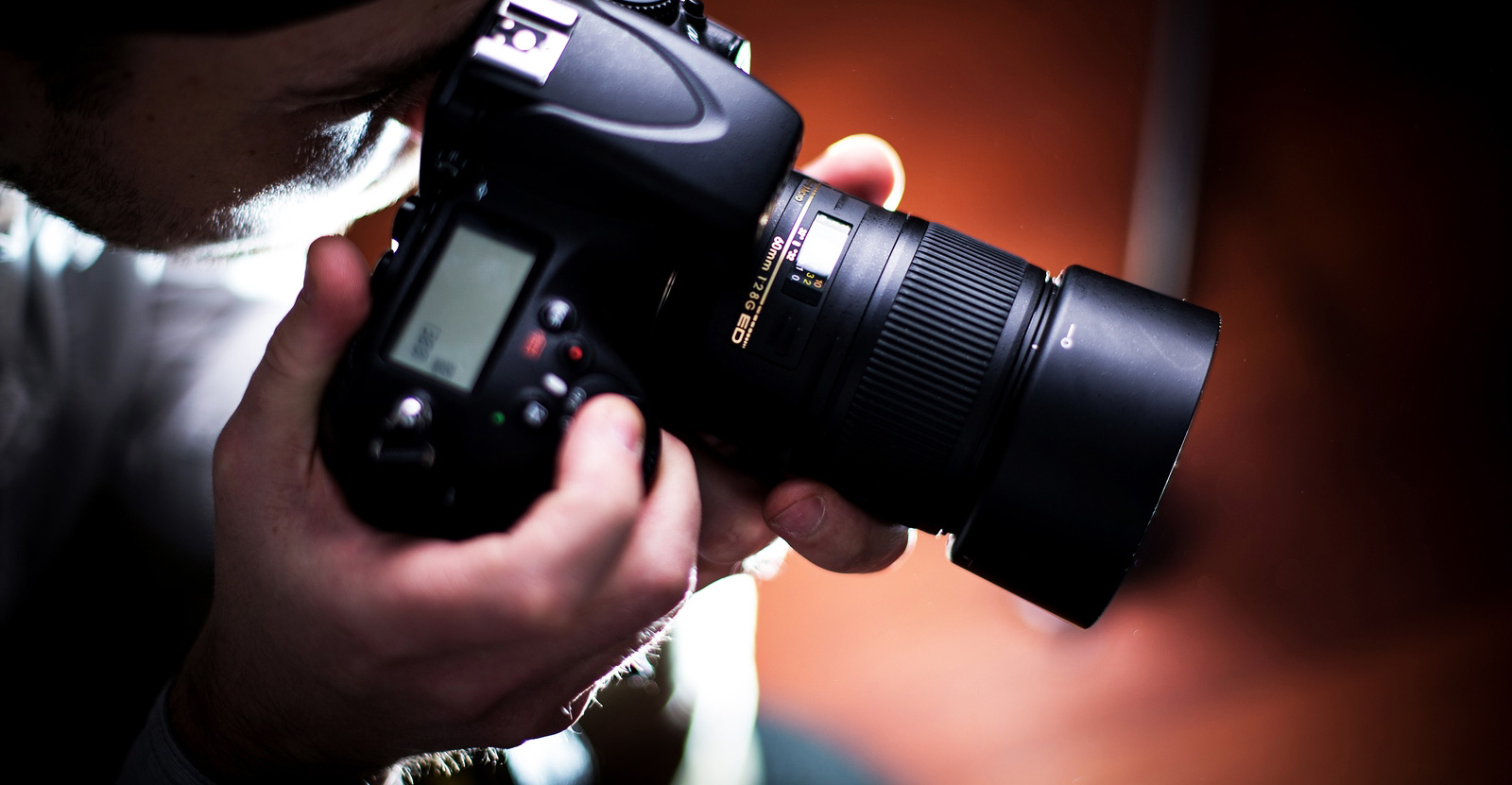#2 Upgrading Your Camera With A Prime Lens May Produce A Sharper Image
I recently read an article over at DIY Photography on prime lenses. I am a firm believer that a prime lens will produce sharper images. The author of that article isn’t 100% sure of that. However, the author cannot deny that prime lenses reduce chromatic aberration which makes the images appear sharper.
Life if full of all kinds of debates, both practical and philosophical. Chocolate or vanilla? Dogs or cats? Paper or plastic? Window or aisle? Jazz or blues? The list goes on. Most don’t really have a definitive answer, because life without choices can get pretty boring pretty fast. The Great Debates rage on, though, throughout the photography industry as well, covering everything from camera brands and strap style to memory cards and lenses. It’s the lens debate, though, that I find particularly interesting. I’m not talking about Canon vs. Nikon or Sigma vs. Tamron. I’m talking about Zooms vs. Primes.
On the one hand, it doesn’t really sound like something that should be a topic of debate. In a perfect world, most of us would select our lenses based solely on the aesthetic we’re trying to achieve. Since it is a far-from-perfect world, however, most of us have a collection of lenses in our arsenals that probably do a pretty good job of covering most of the possibilities we are likely to face on any given assignment. One of the most basic solutions to covering our bases is the zoom lens. It’s a choice that makes sense from a versatility standpoint, but I think it’s still important for every photographer to have at least one prime lens in their bag of tricks
WHAT IS A PRIME LENS?
For the beginners among us, any discussion of the benefits of primes should at least begin with making sure everybody knows what we’re talking about. At its most basic, a prime lens has a single focal length and does not zoom. Zooms tend to be more attractive to the photographer on a budget who may be moving up to their first DSLR because of the wider variety of focal lengths that a zoom might have to offer, but as we’re going to see, primes have their own unique benefits and perspectives which shouldn’t be overlooked.
BETTER BUILD QUALITY
This is one of those areas where “heavier” doesn’t necessarily mean “better.” A zoom lens will almost always be heavier than a prime, creating the feel of a more substantial or higher quality lens (more on weight in a minute). But additional lens elements and more moving parts can sometimes add up to a greater likelihood of something going wrong than in the case of a prime lens. This becomes somewhat less of an issue with professional-level lenses, but it is still an important factor to consider. It’s worth pointing out that simpler construction can often mean lower prices in some classes of lenses. While it is worth considering, it also doesn’t always translate to the newer professional f/1.4 or 1.2 lenses.
BETTER IMAGE QUALITY
Again, this is yet another debate-within-the-debate. Proponents of prime lenses cite images that are often more clear, sharp, and precise than those captured by their zoom counterparts. I don’t know that I necessarily agree with this contention across the board, but fewer lens elements will definitely reduce lens flare and chromatic aberration. For those who may not know, chromatic aberration is a type of distortion in which the lens fails to focus on all colors to the same convergence point. It tends to appear more frequently in lower quality lenses, manifesting itself as fringes of color along boundaries separating light and dark parts of the image (i.e., contrast). Generally, it’s mainly an issue at the combination of a lens’ shortest focal length and its widest aperture. While zoom lens technology has been improving in this area, prime lenses almost completely eliminate it. On a similar note, prime lenses also do a better job of maintaining sharper focus along the outer edges of the frame.
To read more about prime lenses you can read the original article over at DIY Photography
Source: DIY Photography


I have to upgrade… I have a Canon Rebel SLR and I am having serious problems finding film…
That’s exactly why I went digital finally. Well, that and not being able to get my film developed.
I can get my film developed at work , so that’s not much of an issue… We no longer sell the type of film that I use..
ebay?.
I found it on Amazon. .
Adorama and B&H are both great sources for film both B&W and color.
Cool..
Can you upgrade from a Canon 5D3
1DX- 5DS- 5DSR?
Unless you want to go medium format- Hasselblad
5DS / SR wait to see – not sure they offer much more – debated on the 1DX when I got the 5D3 but bulked at the price so really can’t afford a Hasselblad
Yes, to the Nikon D810…. Check DXO ratings
Buy a Nikon!
Angelo Piccinone this will answer some of your step sons questions
Thanks